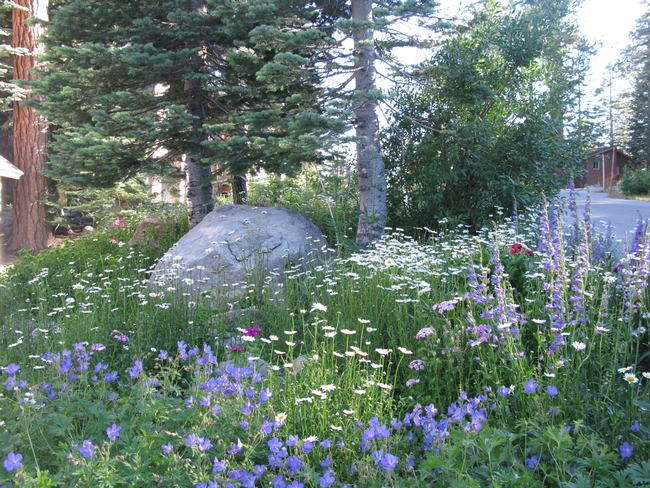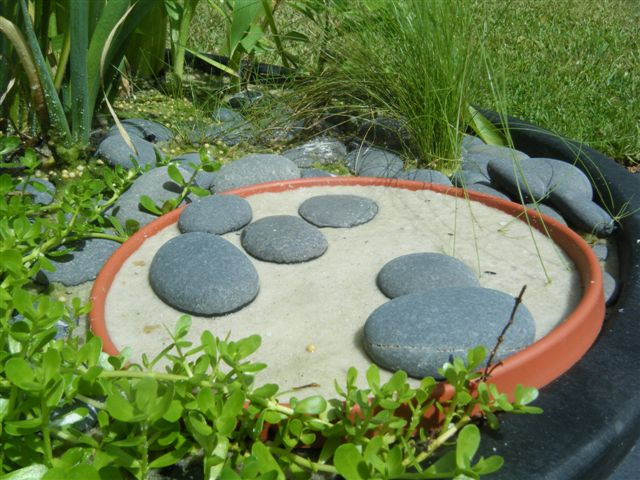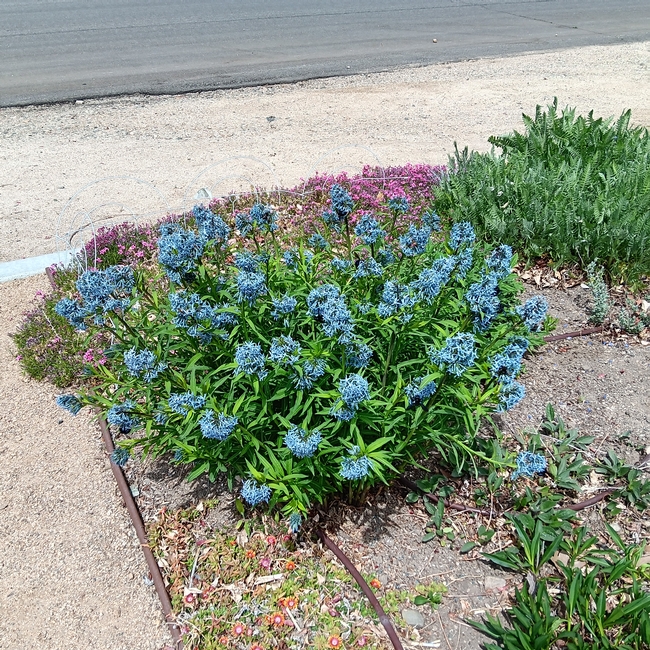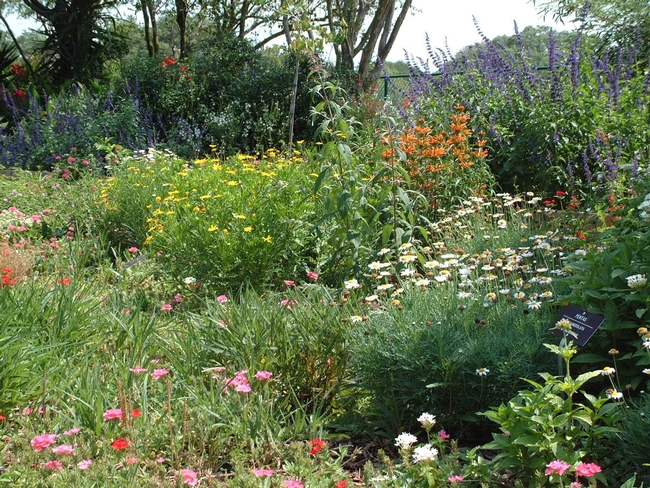- Author: Alison Collin
Amsonia, a plant native to the Northeastern USA, seems to be little known in the West. They are commonly known as bluestars on account of the shape and color of their flowers. I have never found it in local nurseries, but I have always been curious to find out how it would do in the Eastern Sierra since it is said to be hardy in USDA zones 3-11.
They like well draining soil and regular water, but are somewhat drought tolerant once established. They need partial shade in the hottest areas. Rabbits and deer tend to avoid eating it unless forage is scarce.
There are several different species of Amsonia, but Amsonia hubrichtii is considered to be one of the best bluestars which has needle like but soft foliage, sky-blue flowers and a bright gold autumn foliage color.
I planted an Amsonia hybrid “Blue Ice” about three years ago in a pollinator garden with sandy soil which I amended by the addition of a little compost, and it has performed very well. It makes a neat clump of foliage about 2 feet tall, with sturdy green stems which are black near the tips. The star-shaped, sky-blue flowers erupt in mid-April. The foliage has good fall color, after which the stems die down completely for the winter. It is not at all invasive, and the single clump has gradually increased in size.
They are relatives of Nerium oleander, and they contain a milky sap which can irritate skin. They are said to be hosts to swallowtail butterfly caterpillars.
One day recently, when the plant was in full flower, I was stunned to witness a frenzy of carpenter bees working the flowers! There were at least 23 bees — some massive — on the clump at the same time, together with 3 bumble bees, two other species of native bees that I could not identify, two different butterflies, and a ladybug! I have never seen a plant with so much pollinator activity at one time. Interestingly, these bees are all natives to our area, although the plant is not, and I have never seen a domestic bee on it.
I am pleased that I tried it.
Further information can be found at:
https://www.chicagobotanic.org/sites/default/files/pdf/plantinfo/fg187_amsonia.pdf
National Pollinator Week is June 18 to 24,, 2018.
What better way to celebrate and support the importance of pollinators than to plant a pollinator garden? Even a few plants can help support pollinators such as butterflies, beetles, and bees.
Butterflies and other pollinators are very sensitive to pesticides so avoid using them in your garden. Insecticides kill insects, so if you want butterflies, don't use insecticides. If you do feel you have to use an insecticide, even an organic one, always use minimally. Do not apply when butterflies, bees or other pollinators are active and do not apply to open flowers.
To attract butterflies, provide good food, water and shelter all from a butterfly's point of view. Here are some tips to encourage butterflies to visit your garden.
Minimize pesticide use. Encouraging natural pest predators and using other alternative controls will make your garden safer for butterflies and their caterpillars.
Pick a sunny site. Butterflies generally feed in sunny locations. Choose a place in the garden that receives about six hours of sun each day. Gravel walkways and rocks for basking are good places to watch for butterflies warming up.

Plan the layout of your plants. Plant in groups of the same flowers rather than individual plants of the same kind scattered in the garden. This works because butterflies are near sighted and masses of flowers two or three feet across attract butterflies from a distance. Choosing plants of different heights adds interest to the garden and helps attract more pollinators.
Add native plants to your garden. Many native plants have good sources of nectar, and also are host plants that butterflies seek out to lay eggs. Research has shown that local native pollinators prefer local native plants. Please remember not to cut your garden back severely in the fall or you may lose overwintering eggs for the next season.

Provide shelter. On a rainy day or in high winds, butterflies wait out the bad weather on the undersides of leaves, in trees, shrubs, or vines. They also take butterfly breaks during their day; provide them places to hide with a combination of sites to roost and shelter.
For inspiration and information our local chapter of California Native Plant Society has created excellent resources for anyone to use. They have posted photos and lists of native plants with information, including a new two page Native Landscape Planting Guide. There is information on pollinators, water use, color descriptions and more.
Please remember it is both illegal and destructive to remove plants and flowers from their natural habitats but our local CNPS chapter has a plant sale every year and lots of great information on their website. Also, many nurseries are now carrying more native plants, be sure to ask.
References and further information:
CNPS Bristlecone chapter http://bristleconecnps.org
California Native Plant Society plant information www.Calscape.org
Art Shapiro's Butterfly Site http://butterfly.ucdavis.edu
Pollinator.org http://pollinator.org
National Wildlife Federation https://www.nwf.org
Xerces Society https://xerces.org/pollinator-conservation/plant-lists/pollinator-plants-california/





